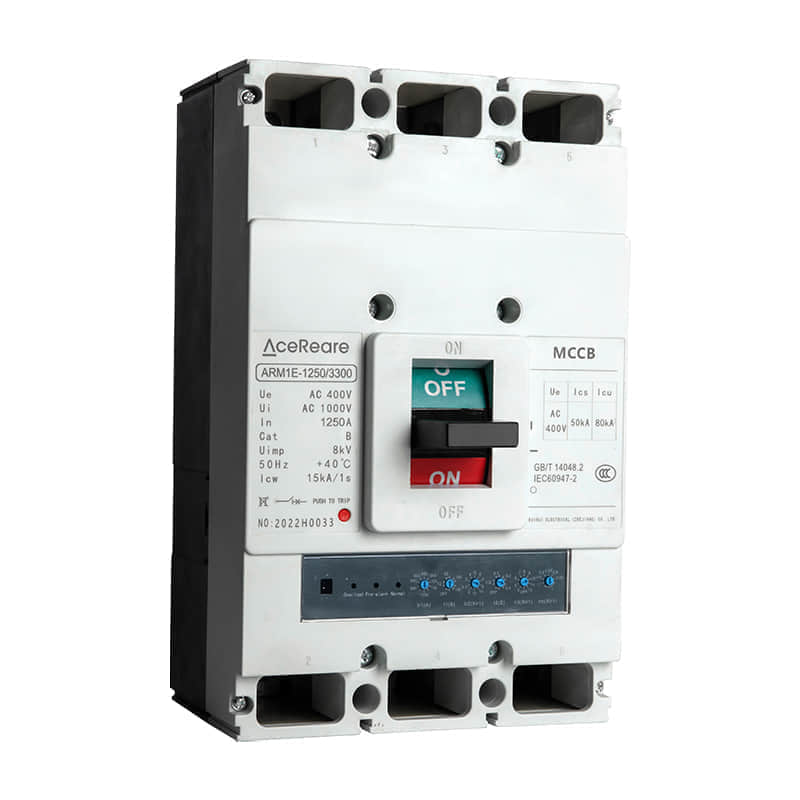Molded case parts are critical components in electrical protection systems, commonly used in various industrial, commercial, and residential applications. These parts are integrated into molded case circuit breakers (MCCBs), which serve as essential devices for protecting electrical circuits from overloads, short circuits, and electrical faults. This article explores the importance, types, manufacturing process, and applications of molded case parts.

The Role of Molded Case Parts

Molded case parts primarily refer to the components that make up the structure of molded case circuit breakers. These include the housing, contacts, trip mechanism, and other internal parts, all designed to function together to ensure reliable protection. When an electrical circuit experiences excessive current flow, the molded case parts work in unison to detect and interrupt the flow, preventing potential damage to wires, equipment, and even fires. The molded case itself, which encloses the internal components, is typically made of durable insulating materials such as thermoplastic or thermoset resins. These materials are designed to withstand high temperatures and provide electrical insulation, ensuring safety under fault conditions.
